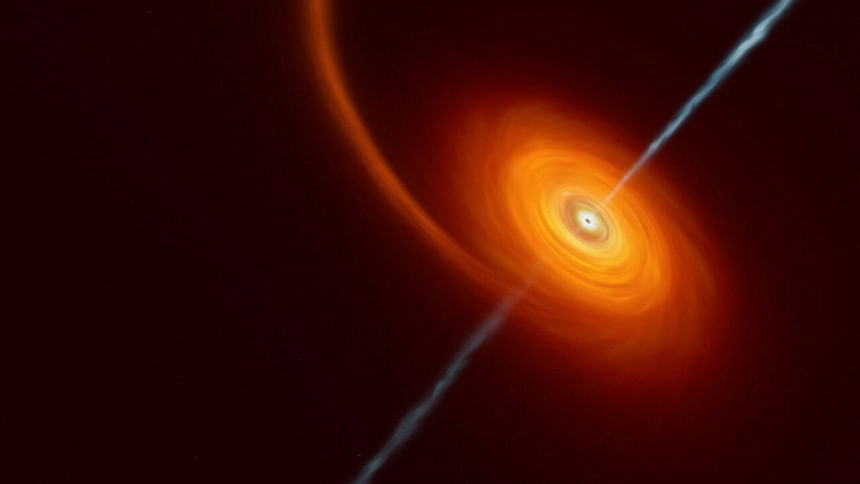How are black holes detected

As black holes don't emit or reflect light, they are rendered invisible to telescopes. However, that doesn't stop scientists from studying them. To do so, they detect and analyse black holes based on how its presence affects their surroundings.
They can be surrounded by rings of gas and dust, called accretion disks, that emit light across many wavelengths, including X-rays. Additionally, a supermassive black hole's intense gravity can cause stars to orbit around it in a particular way. Astronomers tracked the orbits of several stars near the centre of the Milky Way to prove it houses a supermassive black hole, a discovery that won the 2020 Nobel Prize.
When very massive objects accelerate through space, they create ripples in the fabric of space-time called gravitational waves. Scientists can detect some of these by the ripples' effect on detectors. Naturally, black holes can also bend and distort light from more distant objects. This effect, called gravitational lensing, can be used to find isolated black holes that are otherwise invisible.

 For all latest news, follow The Daily Star's Google News channel.
For all latest news, follow The Daily Star's Google News channel. 








Comments